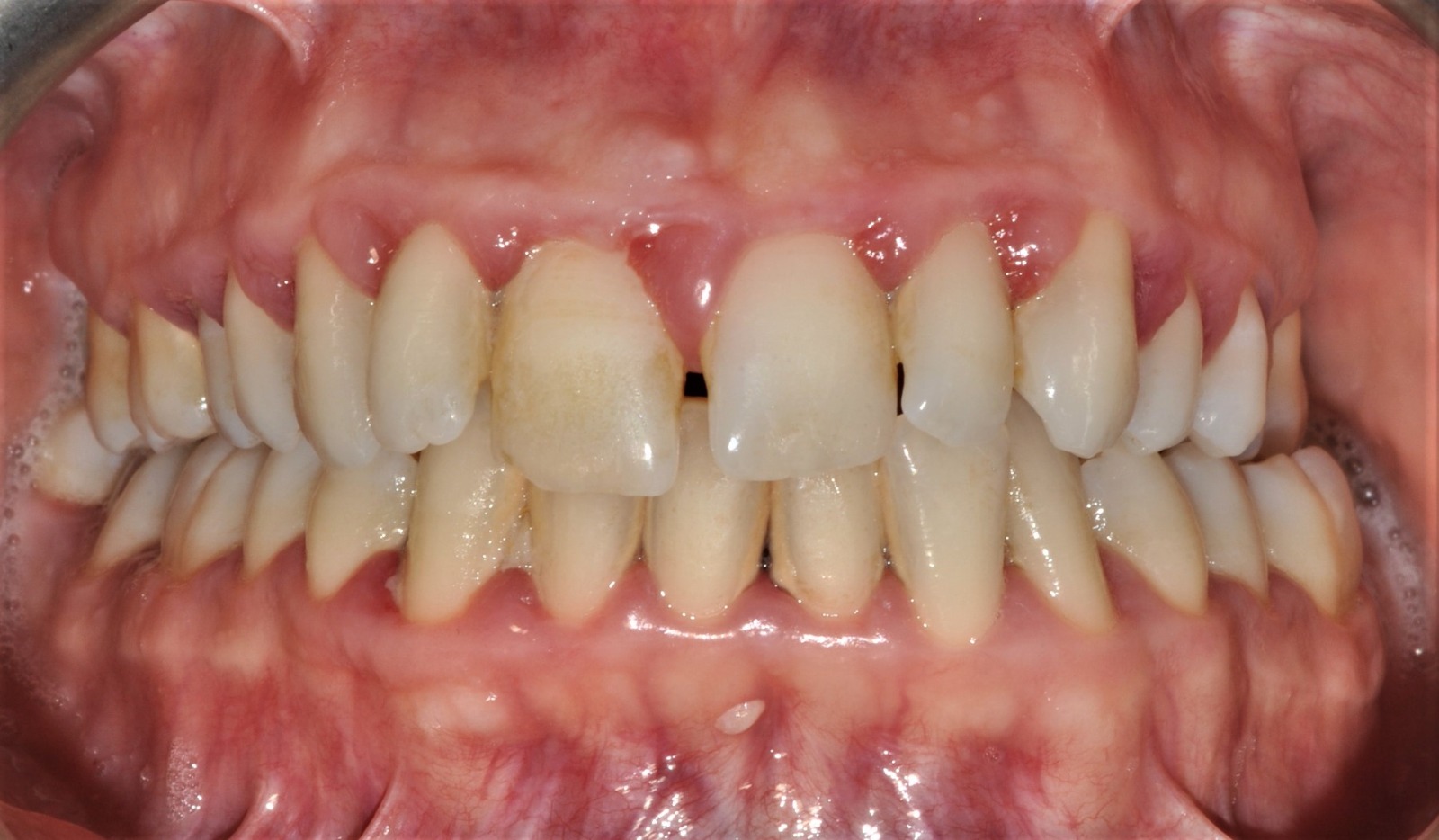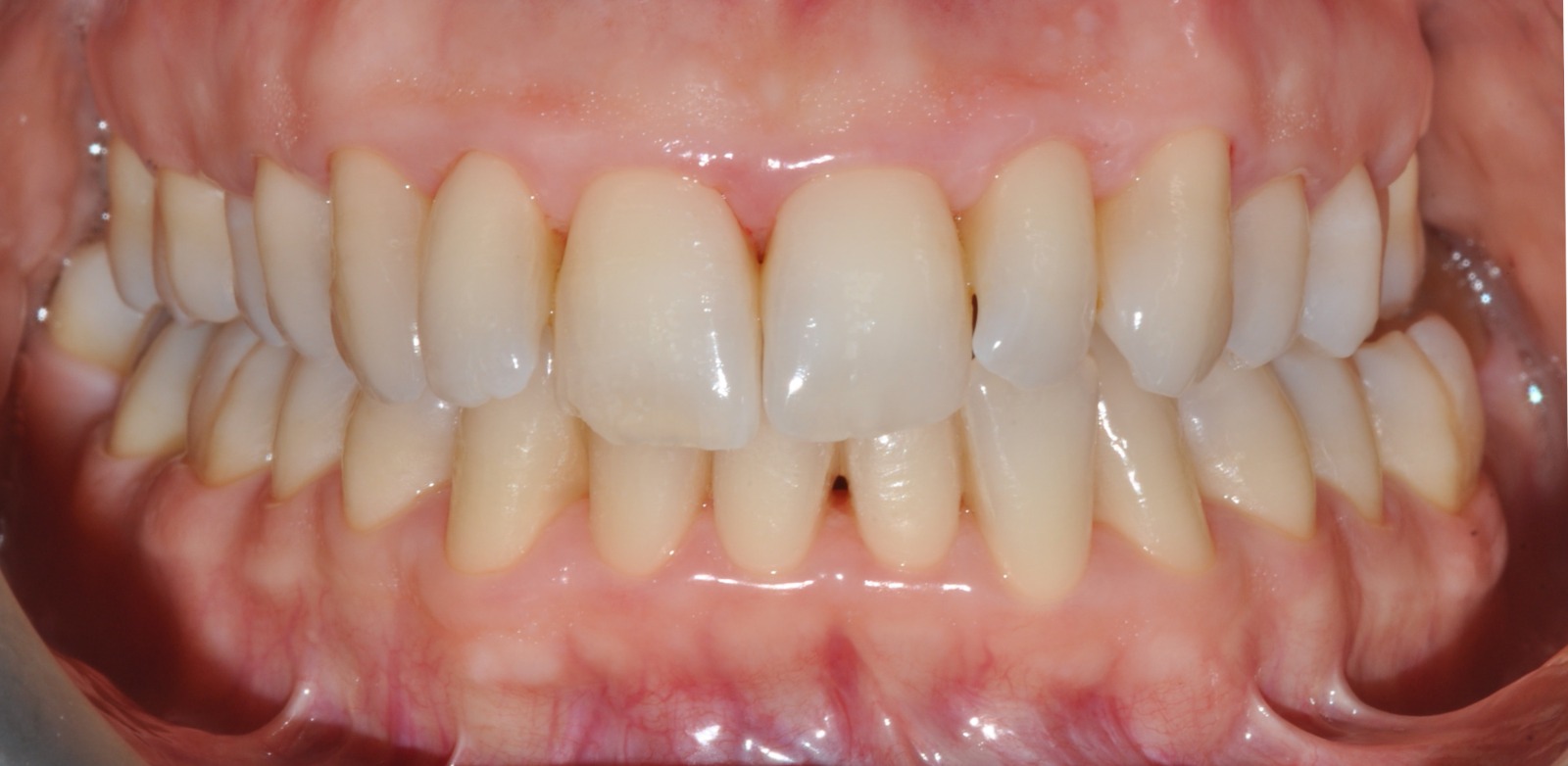Periocampus Journal Club - June 29, 2020
An article I find a great pleasure to talk about - and I always take the opportunity to discuss it during my lectures at Periocampus - is the 1984 study by Magnusson, Lindhe, Yoneyama and Liljenberg, titled "Recolonisation of a subgingival microbiota following scaling in deep pockets". In my opinion, it is important as it underlines the significance of plaque control.
The study
In this study, all of the participants had initially undergone the same treatment, subgingival instrumentation and hygiene instructions. Subsequently, the patients were divided into two groups and were followed in two different ways for 16 weeks.
- In the first group, Group A as the authors named it, the patients were left without any type of instrumentation/supportive treatment during these sixteen weeks, after which they were re-examined.
- The patients of the second group, Group B, were enrolled in a strict plaque control programme. The patients were recalled every two weeks for a supragingival plaque check and professional supragingival tooth cleaning.
Essentially, what this study compared are the outcomes following non-surgical subgingival instrumentation paired with an excellent plaque control or the absence of it. After the first sixteen-week period, the gingival bleeding was completely absent in the group under continuous control, while in the other group these values remained practically unchanged when compared to baseline.
The most interesting part of the results of the study were the subgingival microbiological samples. Analyses of the samples showed that after subgingival instrumentation, the bacterial counts decreased in both groups. In the group that was not under supragingival plaque control, the pocket was recolonised relatively quickly. In four to six weeks, the microbial population of the pocket was gradually increasing and was eventually quite similar at the reexamination to the one before the treatment.
At the end of the 16 weeks, all of the patients were re-examined. The group A underwent subgingival scaling and root planing again, after which the same bi-weekly recall program was established in both groups for another period of 16 weeks. At the end of the study period, both groups showed similar results: the closure of the pockets and the resolution of clinical symptoms.


Implications for subgingival microbiota
This study shows that if we fail to establish optimal supragingival plaque control before instrumentation, and if we cannot maintain this control during the healing period, the pocket will quickly be recolonised. Repetition of the instrumentation without a proper supragingival control actually leads to a continuous infection of the sites; therefore this constitutes a useless and most probably harmful act since when we make the instrumentation, we take away a little bit of the attachment. If we keep repeating the treatment without establishing proper plaque control, the damage may eventually outweigh the benefit.
The 1984 article was published in the Journal of Clinical Periodontology. It is one of the pillars which carry the rationale of periodontal therapy based on scientific evidence.
